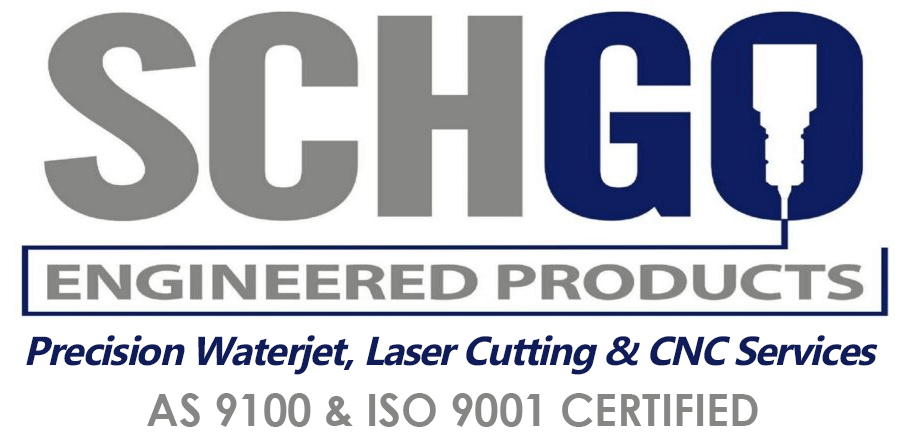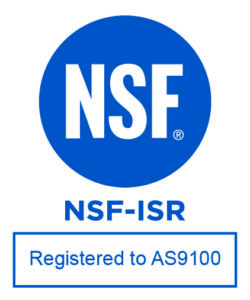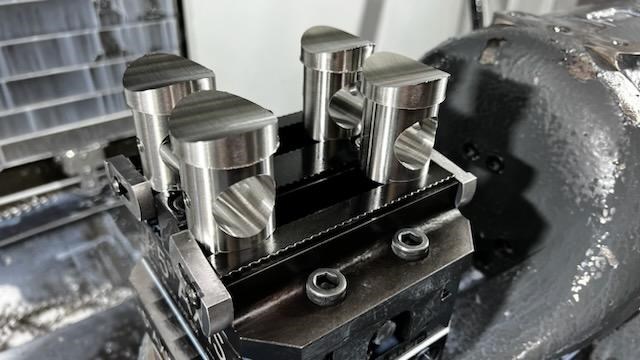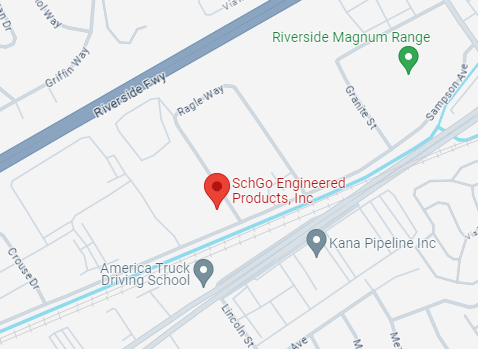Welcome to SchGo’s comprehensive guide to best practices in CNC machining. As a leader in precision engineering, we understand the importance of optimizing efficiency, enhancing accuracy, and maximizing results in CNC machining operations. Whether you’re a seasoned professional or just starting out, this in-depth guide is designed to help you take your CNC machining skills to the next level. Join us as we explore expert tips, techniques, and strategies that will empower you to achieve excellence in your machining endeavors.
Understanding CNC Machining: Before we delve into best practices, let’s briefly review the fundamentals of CNC machining. CNC (Computer Numerical Control) machining is a manufacturing process that utilizes computerized controls to automate the operation of machine tools. By programming precise instructions into the CNC machine, operators can produce complex parts with high accuracy and consistency.
Now, let’s explore some best practices to optimize your CNC machining operations:
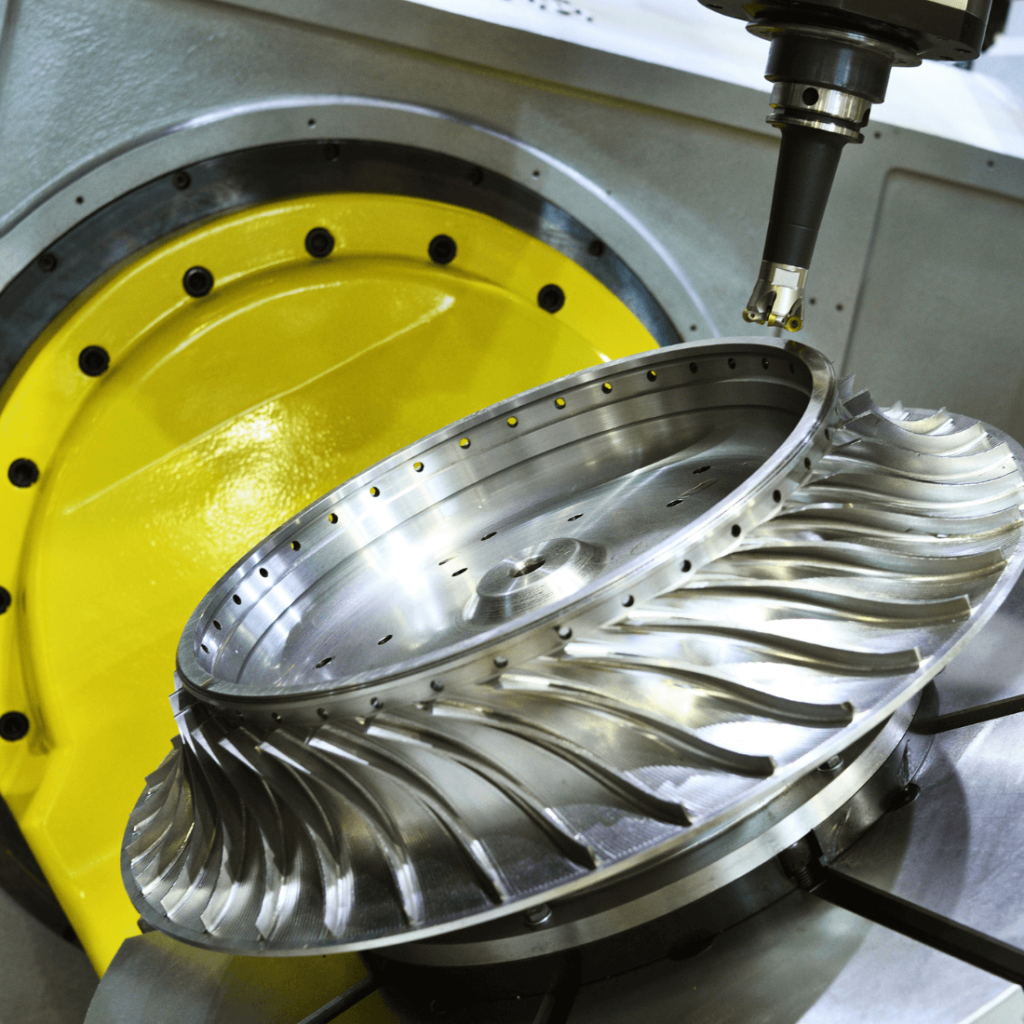
- Design for Manufacturability: One of the key principles of successful CNC machining is designing parts for manufacturability. This involves considering factors such as material selection, part geometry, and machining constraints during the design phase. By designing parts with CNC machining in mind, you can minimize machining complexities, reduce production costs, and improve overall efficiency.
- Optimize Tool Selection and Toolpaths: Selecting the right tools and optimizing toolpaths are critical aspects of CNC machining. Choose tools that are appropriate for the material and geometry of the part, taking into account factors such as cutting speed, feed rate, and tool life. Additionally, optimize toolpaths to minimize tool wear, reduce machining time, and maximize surface finish quality.
- Implement Proper Workholding Techniques: Effective workholding is essential for maintaining part stability and accuracy during CNC machining. Use appropriate clamping devices, fixtures, and vices to secure workpieces firmly in place and minimize vibration and deflection. Proper workholding not only ensures machining accuracy but also enhances operator safety and productivity.
- Monitor Machining Parameters: Continuous monitoring of machining parameters is crucial for achieving consistent and predictable results in CNC machining. Keep a close eye on variables such as cutting forces, spindle speed, and coolant flow rate to identify any deviations from optimal conditions. By monitoring machining parameters in real-time, you can detect potential issues early and make adjustments to optimize performance.
- Perform Regular Maintenance: Maintaining CNC machines in optimal condition is essential for ensuring reliable performance and longevity. Implement a regular maintenance schedule that includes tasks such as lubrication, calibration, and inspection of critical components. By keeping CNC machines well-maintained, you can minimize downtime, prevent costly breakdowns, and prolong equipment life.
By incorporating these best practices into your CNC machining operations, you can optimize efficiency, enhance accuracy, and maximize results. At SchGo Engineered Products, we’re committed to empowering professionals with the knowledge and resources they need to succeed in precision engineering. Stay tuned for more valuable insights and guidance from SchGo, your trusted partner in CNC machining excellence.
